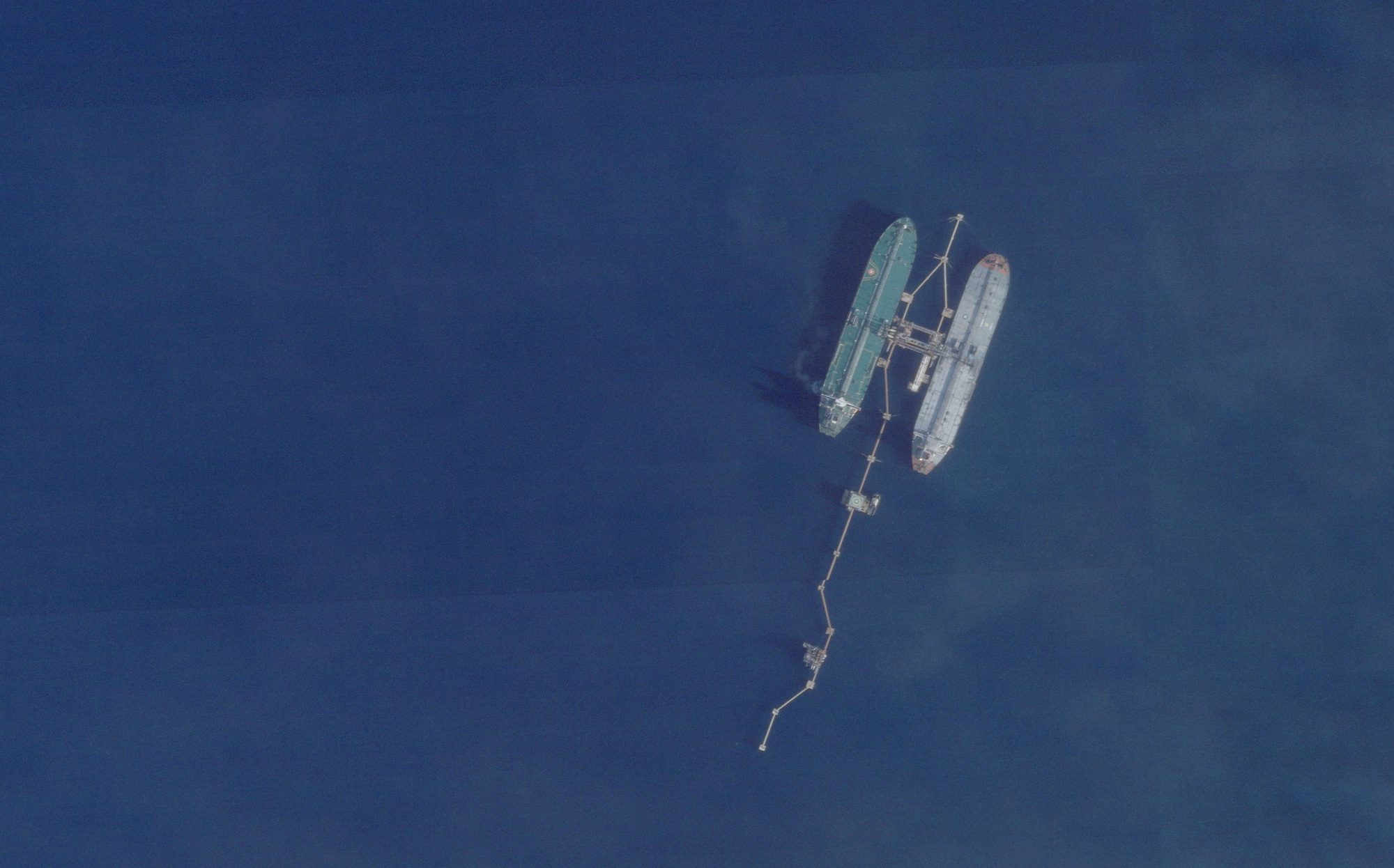Image courtesy Maersk Line
(Bloomberg) — Europe-to-Asia freight rates will defy a decline in the other direction this year as exports heading east grow faster than imports, helping to fill a glut of empty boxes.
The number of containers moved to Asia will rise as much as 5 percent in 2013, while volumes to Europe will expand just 1 percent, according to Macquarie Capital (Europe) Ltd. That will help A.P. Moeller-Maersk A/S’s shipping line, the world’s largest, raise its eastbound fee on the route by 27 percent, Macquarie said.
Lopsided demand between the two regions means carriers have had to charge less to move boxes eastward as they attempt to fill empties and cover fuel costs. That gap may narrow as European demand is curtailed by recession and Asia consumes more higher-value goods, such as car parts and scientific tools. Cargo heading that direction may become more profitable at a time when the industry is struggling to deal with overcapacity.
“Carriers would like to reduce that imbalance as much as they can,” said Robin Byde, an analyst at Cantor Fitzgerald Europe in London with a buy rating on Maersk’s shares. “All freight businesses are about utilization and filling the back leg, which in this case is Europe to China. Higher exports would equal more loaded boxes, which equal higher rates.”
Overall European exports will increase 9.3 percent to the equivalent of 18.7 million 20-foot equivalent units, or TEUs, this year, compared with a decline of 3.2 percent to 20.2 million for imports, according to a Feb. 24 forecast from maritime research group Hackett Associates LLC.
Empty Boxes
That may help reduce surplus capacity on the Europe-to-Asia route. About three-quarters of the 493,092 containers shipped to mainland China from major U.K. ports in 2011 were empty, according to data from Britain’s Department for Transport. The figure for the Port of Rotterdam in 2010 was about 40 percent, the most recent year for which it has calculations.
“You have a lot of empty boxes and so shipping lines are trying to fill them with whatever they can, so there’s a natural lower price for shipping out,” said Neil Davidson, a port adviser at Drewry Shipping Consultants Ltd. in London. “Any increase in export cargo would certainly help the shipping lines to try and address the freight rates on that leg.”
Maersk’s average rate per TEU shipped from Europe to Asia will rise to $495 this year from $389 in 2012, according to London-based Macquarie analyst Rob Joynson. In comparison, the Copenhagen-based company’s charge in the opposite direction will drop 15 percent to $1,121 from $1,313, Joynson said. The company’s global average will fall 5.1 percent to $829.
Traffic Growth
While Asia-to-Europe container volumes may grow or shrink by as much as 2 percent this year, Maersk estimates traffic growth in the other direction of as much as 5 percent, Lars Mikael Jensen, head of Maersk Line’s Asia/Europe network, said in an interview.
For every two boxes of goods that go from Asia to Europe, only one comes back, Jensen said by telephone. As exports from Europe to Asia continue to grow at a faster pace, that imbalance will shrink, he said. Ships heading to Asia from Europe are only two-thirds full by volume on average, Jensen said.
Jensen said Maersk intends to increase rates in both directions between Asia and Europe this year.
“If we can have in relative terms fewer empty containers that we need to get back to Asia because we can fill cargo in them that gives us freight revenue, then that is obviously reducing costs for us and ultimately for customers,” he said.
Higher Earnings
Maersk said on Feb. 22 that its container unit returned to profit in the fourth quarter as freight rates rose. It forecast higher earnings this year after reducing its fleet and slowing vessels to curb overcapacity. Maersk Line’s net income totaled $335 million in the last three months of 2012, compared with a loss of $593 million a year earlier.
Shares in the Danish company, which also comprises oil and retail units, have gained about 5.6 percent in the past 12 months. That compares with an 11 percent increase in the Stoxx Europe 600 Index.
Global stock markets have gained this year, sending the Dow Jones Industrial Average to a record this week, after the world economy showed signs of strengthening. That followed a pledge by the European Central Bank to preserve the euro and a deal in the U.S. to avoid the fiscal cliff.
China is targeting more consumer-driven growth. The Asian nation’s gross domestic product increased at the slowest pace since 1999 last year, while the euro area was mired in a recession that the ECB predicts will continue in 2013.
“We’ve heard on the Europe-Asian route that there has been a somewhat better balance,” Jacob Pedersen, an analyst at Sydbank A/S in Aabenraa, Denmark, said in an interview. “Freight rates might have decreased a lot going into Europe, but in some respects they have been able to improve rates going out of Europe.”
Still, the shift in export and import flows is likely to be long-term; Joynson said they may not balance until 2032.
“The shipping lines won’t get pricing power on that backhaul trade lane for many years to come,” he said. “We’re not talking five years. Probably 15 years or more.”
– Scott Hamilton, Copyright 2013 Bloomberg.

 Join The Club
Join The Club










